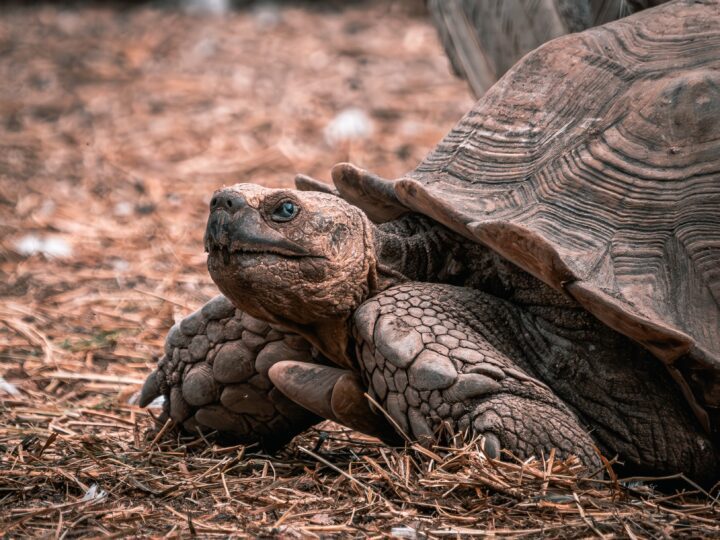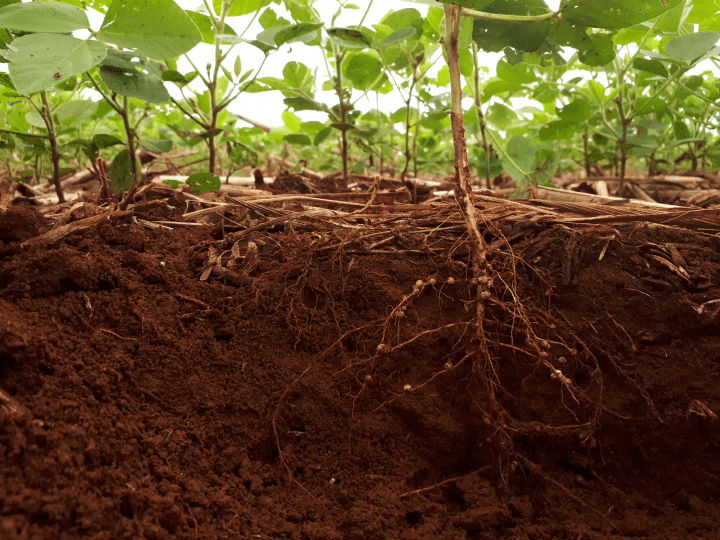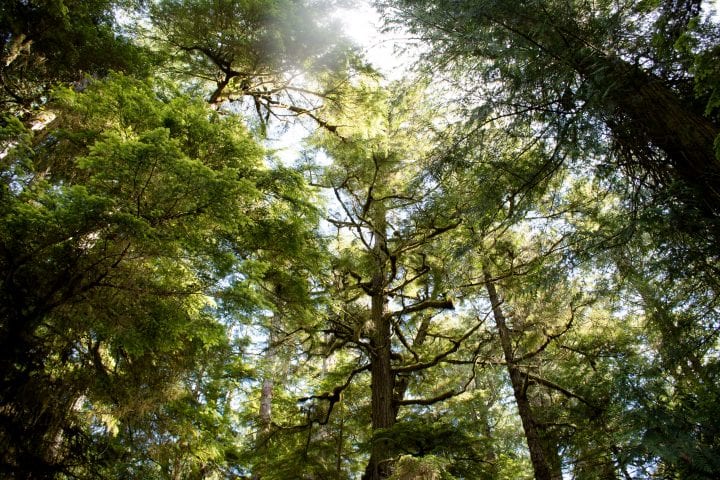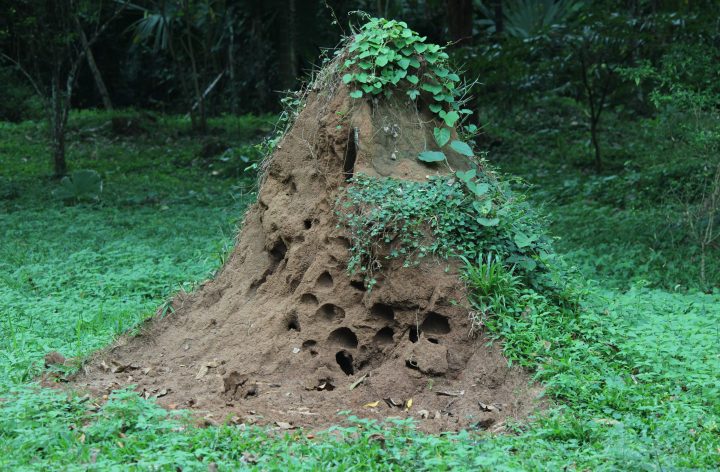Diverse plant species in prairie grasslands support a long-term, stable ecosystem because they exhibit complementary functionality.
An ecosystem is a biological community of interacting organisms and their physical environment. A healthy ecosystem includes multiple species that serve similar functions or roles – for example, more than one species that fertilizes the soil and more than one that controls the population of a certain predator. This redundancy is crucial to supporting the long-term stability of the ecosystem because natural disturbances – such as fires, disease, or changing climate – can sometimes eliminate entire species unable to survive the change. With redundancy in environmental function, if one species dies off, another species that serves a similar role is more likely able to react and thrive after the disturbance. It can then take the place of the previously dominant species, thereby keeping the ecosystem resilient.
For example, consider a situation in which a prairie grassland ecosystem’s main food-producing plant is completely destroyed by a fire. A plant species that was previously less abundant may now be better suited to live in the new soil conditions, and therefore become the new dominant food-producing plant species serving the grassland. As long as the post-fire composition of plant species fills the same functional role as the pre-fire plant community, then the prairie will be able to survive the fire intact.
This summary was contributed by Ashley Meyers.








